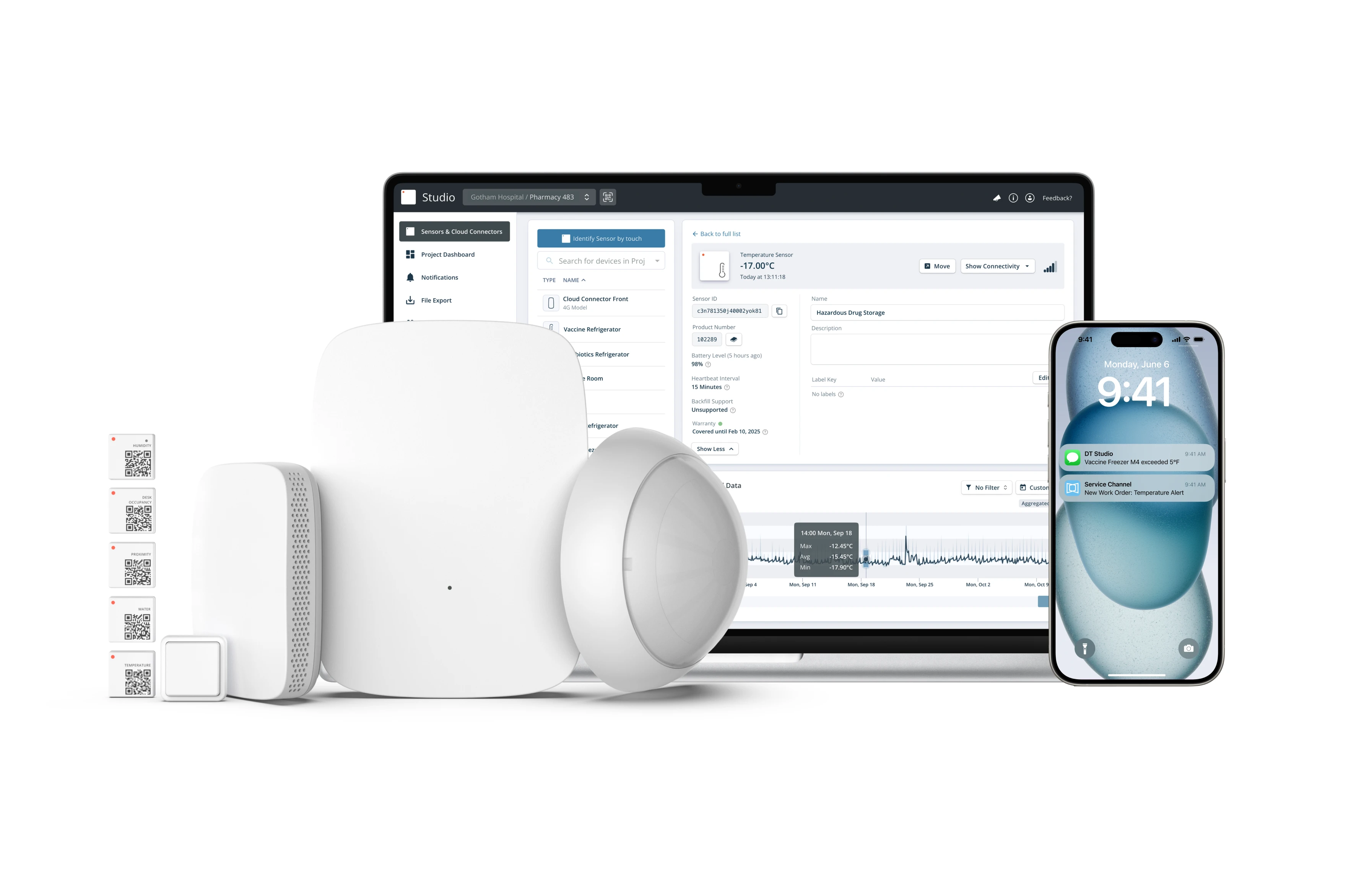Data-Driven Insights to Elevate Employee Health and Productivity

In the past, I have observed differences in peoples’ understanding of the terms “smart building” and “smart workplace”. Now, a more consistent understanding of these terms has developed, as they have become more tangible and increasingly associated with real business value.
Sensors for continually monitoring workspace occupancy and environmental conditions are readily available, and this opens up enormous opportunities for employee engagement and strategic real estate optimization.
At Planon, we closely follow these technology trends and the most recent industry research to deliver solutions for our customers to leverage these opportunities. In this item, I’d like to share my insights into two of the most important categories of measurement available to the smart workplace strategist.
Know Your Occupancy And Space Utilization
The inefficient use of space is one of the most troublesome and expensive problems in facilities management – for both the facilities manager and the building user. Finding that no suitable meeting room is available in the reservation system, and then walking through a corridor of unoccupied rooms is a common frustrating scenario in many organizations.
Increasingly, organizations are realizing the benefits of flexible workspaces that allow employees to choose a location based on their personalized needs – that can change depending on the task at hand. They offer an increasing share of flexible workplaces where employees can select their desks based on preferences such as “close to my colleague” or “not too crowded”.
Real-time knowledge of room and desk occupancy is an essential prerequisite to offer this level of employee experience. Equipping desks and rooms with occupancy sensors to continually monitor their status is now convenient and inexpensive with small, low-power, wireless sensors.

Sensor-Based Occupancy Leads to Data-Driven Decision Making
Capturing and visualizing the live occupancy status is only the first step in delivering insights into the way your office space is used. The real value is created when that information is converted into actionable items. When used in conjunction with an IWMS system, smart sensors support a large number of beneficial use cases.
Two great examples are:
- Employees can book rooms and desks based on actual current occupancy. They can choose a free desk in their preferred environment. Those that are occupied desks are automatically removed from the list of potential workspaces.
- No-shows can be detected, and reservations are automatically canceled. If a meeting room is reserved, but remains unoccupied for example, 15 minutes after the meeting start time, then the reservation is withdrawn, allowing the space to be used more efficiently.
All the above deals with current occupancy. However, imagine the benefits to be gained through analyzing trends, peak occupancy, and space utilization. By looking at historical data, predictions can be made about future space needs.
Workplace strategists benefit from these insights – in the short, the medium, and the long term!
The sizing and reconfiguration of office space are no longer based on gut feel and intuition, but real data-driven choices. Underutilized conference rooms and offices that represent unused – and high cost – inventory, can now be repurposed and converted into the types of spaces that were previously overcrowded.
So, with these insights into historical occupancy information your real estate portfolio can be optimized. And all this is enabled by using smart sensors!
A Better Environment Delivers Higher Productivity
The COVID pandemic has brought about a higher awareness of the impact of indoor air quality. Better indoor climate leads to higher employee productivity. According to a Harvard study, up to 8% of productivity increase could be measured due to optimal air condition.
Many organizations are now actively monitoring environmental parameters such as CO2, temperature, and humidity. This data, when combined with occupancy data, can give valuable insights into the reasons why certain spaces are used more or less than others.
Other important factors should also be considered for well-being, health, and safety. The impact of poor light and distracting noise should not be underestimated. Deriving overall “comfort scores” for spaces, calculated based on all of these environmental measurements, can help you create better environmental conditions for your building users.
From a business perspective, there are even further benefits. The monitoring and analysis of this data can help reduce the energy consumption of buildings through efficient management of the HVAC.
For example, take the real-time CO2 concentration of an auditorium in a building during a meeting of 20 people. The concentration of CO2 can increase from an excellent level (550 ppm) to a fair level (900 ppm) at the end of a 2- hour meeting. To ensure an excellent CO2 level, the ventilation only needs to be active for the duration of the meeting. The system can be switched off when the room is unoccupied.
Bottom line
Equipping buildings with smart sensors - delivers data – but it needs insights. Dashboards and analytics tools like Planon Workplace Insights help to monitor and understand conditions – but then improvement actions and measures need to be taken.
The combination of occupancy and environmental data can help to enhance employee well-being and engagement, and positively influence daily facilities management and workplace strategy. The future evolution of smart workplace sensors will undoubtedly open up new exciting possibilities.

Complete Guide to Understanding Workplace Occupancy
Get Started






